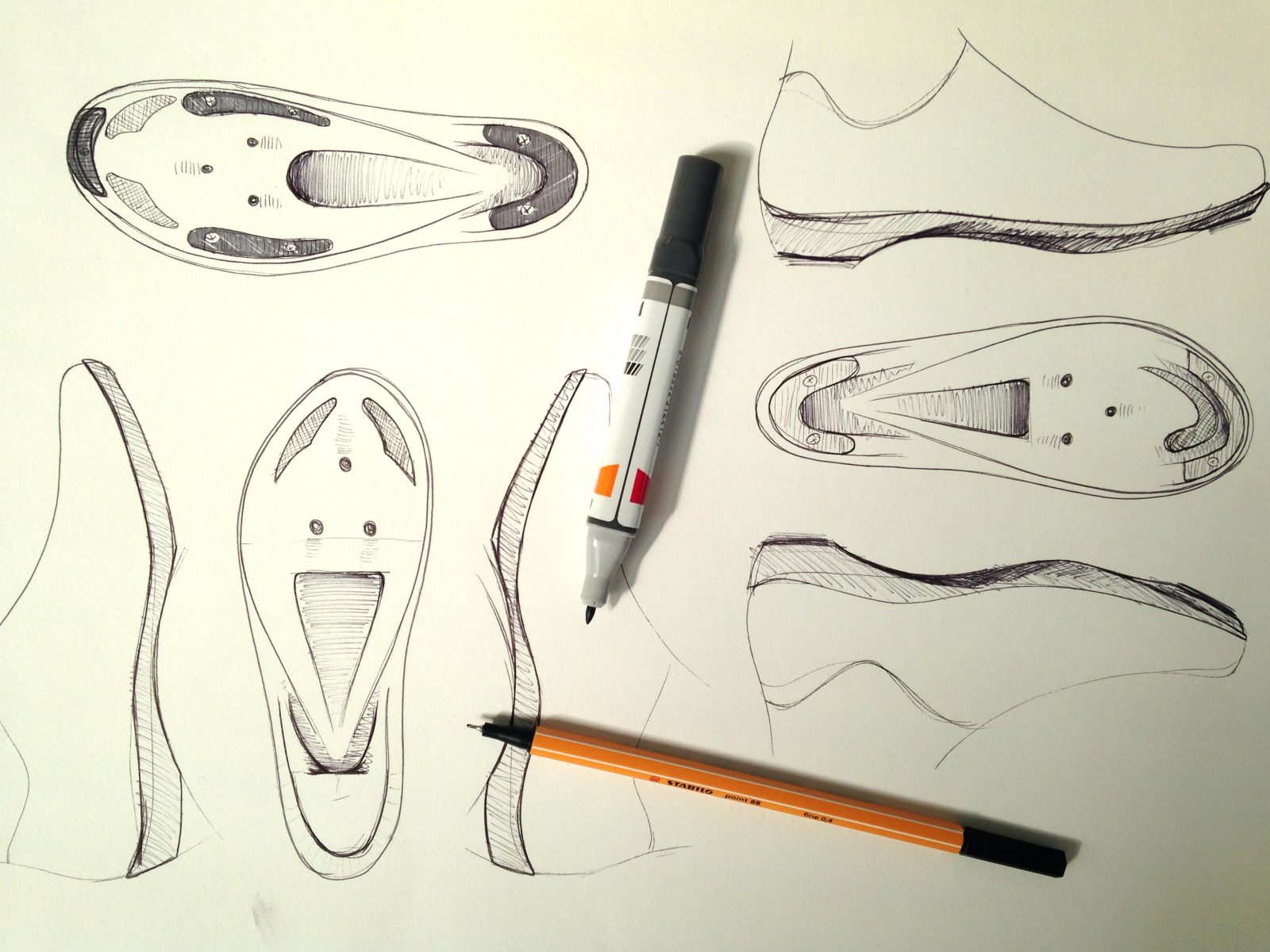I have been known, on occasion, whilst sitting in the hairdresser’s chair with sticky, wet hair combed down over my face and a hairdryer blasting in my ears, to say “I work in IT.” It usually ends any further conversation or questions about what I ‘do’.
It is a question that I myself (and I know I am not alone in this…) dread being asked. An old colleague once described a product designer to me as “someone who sits half-way between an engineer and an artist”. Since hearing this sharp and to-the-point definition, this now is my default answer. Because by being part artist part engineer, a designer creates innovative and beautiful looking products that are commercially viable.
So what exactly is product design, and why is it so hard to explain?
In the olden days, us designers would simply have been called ‘inventors’. I feel now that this term has somewhat negative connotations around it, or conjures up images of a slightly wild-haired, lab-coat-wearing eccentric character confined to his or her shed. But that is basically where the problem-solving profession originates from.
Problem solver
In short, a product designer is a problem solver. We overcome challenges and problems presented to us and asses them from all angles before conceptualising and exploring tangible solutions. Each project is unique, and each one will require different proportions of our skills. For example, designing a cycling helmet will be heavily focussed on aesthetics and function, whereas designing a dental tool focusses on function, ergonomics and manufacturability.
It is important to stress that product design is an iterative process. There are stages to go through and steps to take to ensure a project runs smoothly and delivers a successful product at the end. A bit like building a house; you need the surveys, the plans and to dig the foundations to build a sturdy home, and that’s a bit like product design.
For this process to happen well, product designers wear many hats. We are researchers, artists, evaluators and problem solvers. To really deliver an innovative and commercially viable solution it pays to do a thorough job with the groundwork. We have to become an expert in the particular field of the current project area almost instantly, and with today’s technology, it really is possible.
Project outline
A typical project follows a structure as follows:
Prototyping (see the article on how prototypes can help your design process)
Pre-production
Each stage I have outlined above plays an important part in the product design project-cycle, and each process lays the building blocks for the stage to follow after. I didn’t want this article to become a ramble about the different stages of product design, but more about the practice as a whole.
Conclusion
There is a lot more to product design than simply making things look pretty. It is the role of the designer to make sure the product is functional, will sit within the clients budget when it comes to manufacturing, and that it will be well received and desired by target consumers.
If you have an idea you would like to talk through please do not hesitate to get in touch here. I would be happy to talk through the design process with you and hear your thoughts and ideas.
